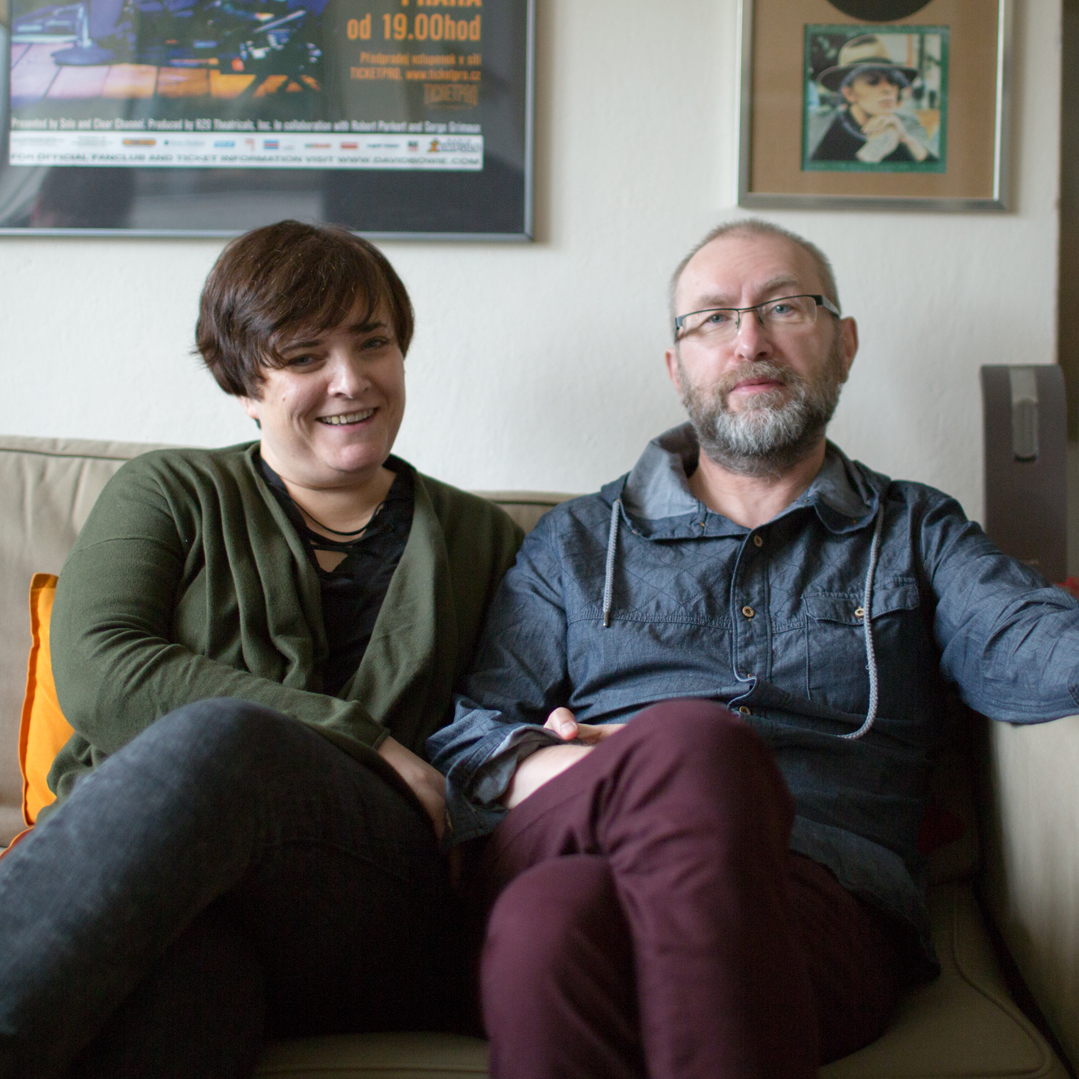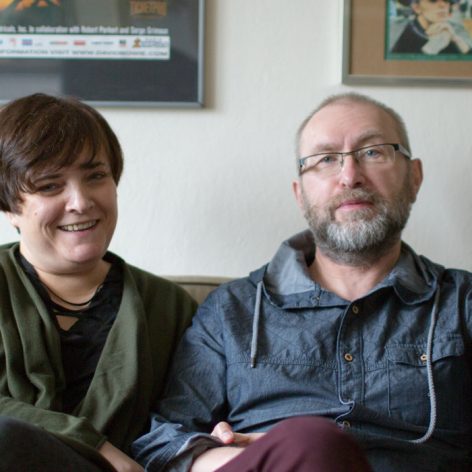The prevalence of malnutrition in cancer patients ranges from 30% to 80%.1Ryan, Proc Nutr Soc. Published on 2016;75(2):199-211 Cachexia is a multifactorial syndrome characterised by an ongoing loss of lean body mass (LBM) with negative protein and energy balance driven by reduced food intake combined with an abnormal metabolism and systemic inflammation.2Fearon K, et al. Lancet Oncol. Published on 2011; 12: 489
The most clinically significant feature of cancer cachexia is muscle loss (sarcopenia), as this relates to fatigue, impaired physical function, reduced tolerance to treatments, impaired quality of life and reduced survival. Sarcopenia is present in 20%–70% of patients depending on the type of cancer.3Ryan, Proc Nutr Soc. Published on 2016;75(2):199-211
Malnutrition and cachexia-related weight loss in cancer patients is thought to be caused by a combination of undernutrition, inflammation, and cancer-induced catabolism.4Fearon KC. Eur J Cancer. Published on 2008; 44: 1124 Cancer patient experience a range of nutritional problems due to metabolic changes and insufficient nutrient intake caused by poor appetite, early satiety, taste and smell alterations and/or swallowing problems (dysphagia). Pain, fatigue and psychological problems can also indirectly influence nutritional intake.<rm>Arends J, et al. 2016ESPEN guidelines on nutrition in cancer patients. Clin Nutr. Published on 2016 {[(|rm_end|)]}
A combination of weight loss, lean body mass/muscle loss, impaired physical performance, and systemic inflammation can result in a continuous deterioration of the patient’s overall state and well-being. All of these factors are independently associated with an unfavourable prognosis, a higher occurrence of treatment toxicities and postoperative complications.5Arends J, et al. 2016ESPEN guidelines on nutrition in cancer patients. Clin Nutr. Published on 2016

Causes of nutrient deficiencies in cancer6Grober U, et al. Nutrients. Published on 2016;8(3):163
International guidelines on nutritional intervention have been recently updated and published. The European Society for Clinical Nutrition and Metabolism (ESPEN) guidelines on nutrition for cancer patients highlight that nutrition and metabolic interventions should aim to:7Grober U, et al. Nutrients. Published on 2016;8(3):163
1. Maintain or improve food intake and mitigate metabolic derangements
2. Maintain skeletal muscle mass and physical performance
3. Reduce the risk of reductions or interruptions of scheduled anticancer treatments
4. Improve quality of life.
View References
| 1, 3 | Ryan, Proc Nutr Soc. Published on 2016;75(2):199-211 |
|---|---|
| 2 | Fearon K, et al. Lancet Oncol. Published on 2011; 12: 489 |
| 4 | Fearon KC. Eur J Cancer. Published on 2008; 44: 1124 |
| 5 | Arends J, et al. 2016ESPEN guidelines on nutrition in cancer patients. Clin Nutr. Published on 2016 |
| 6, 7 | Grober U, et al. Nutrients. Published on 2016;8(3):163 |




